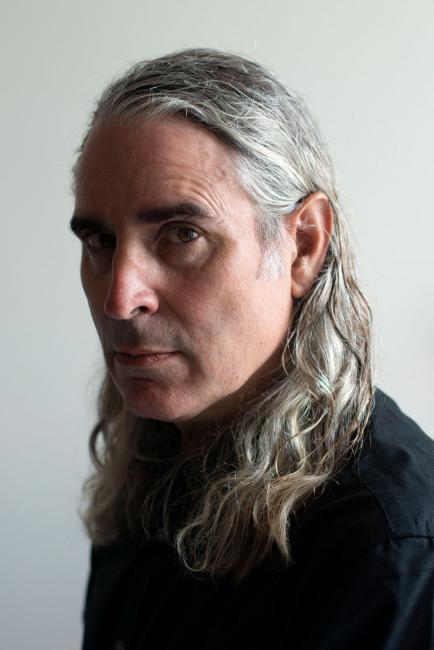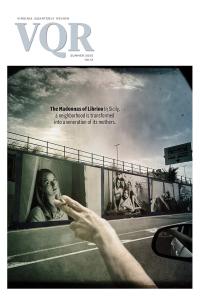
The Outsider
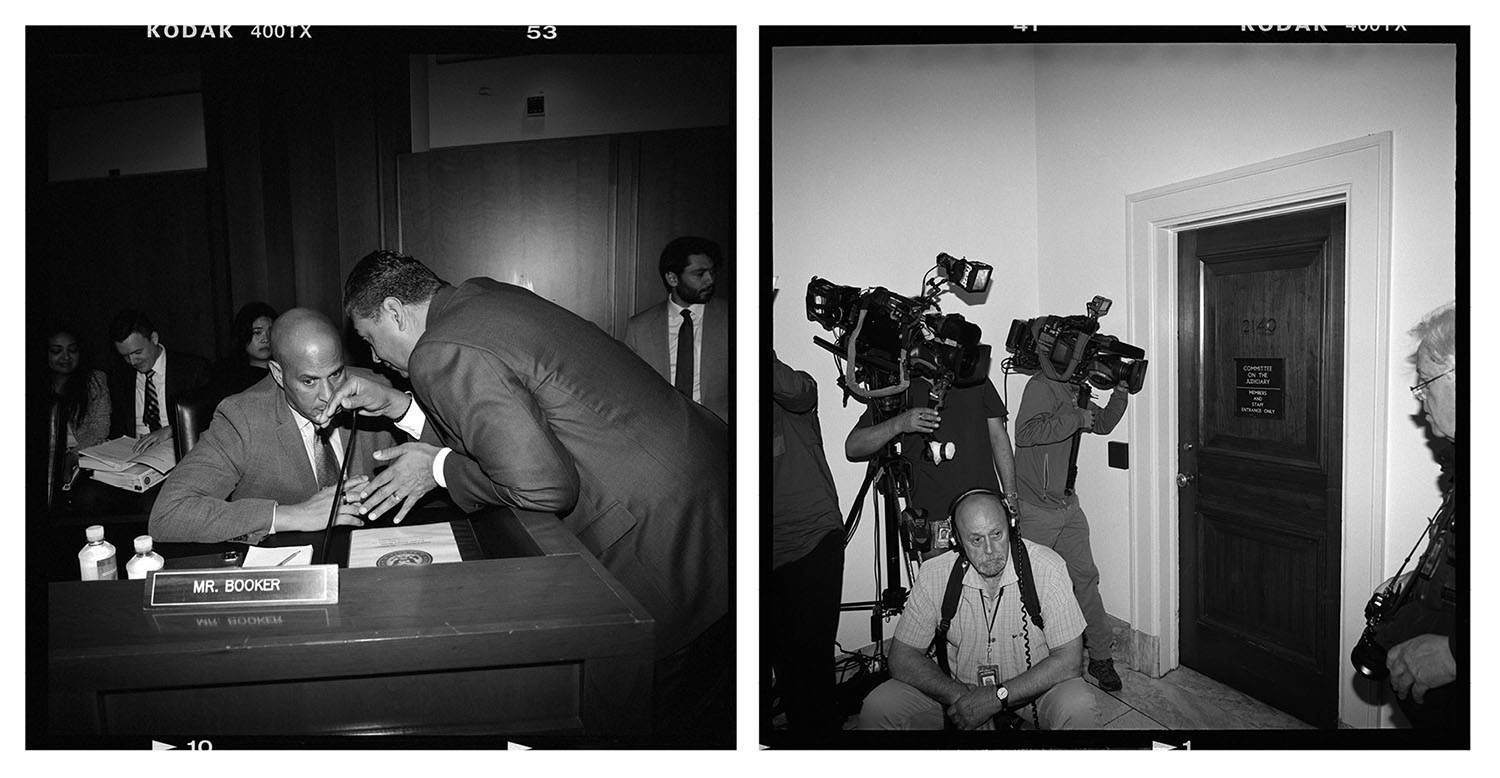
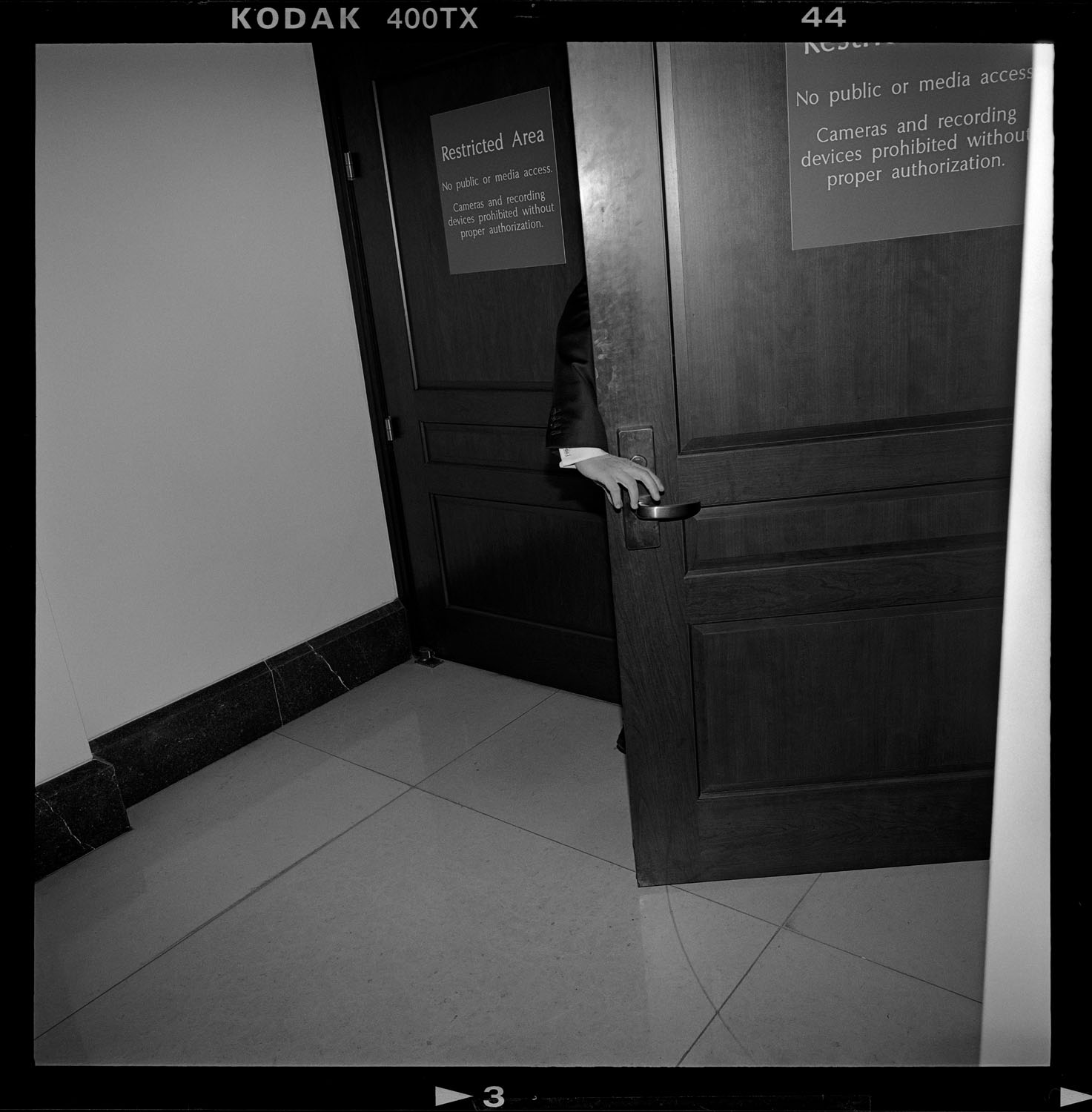
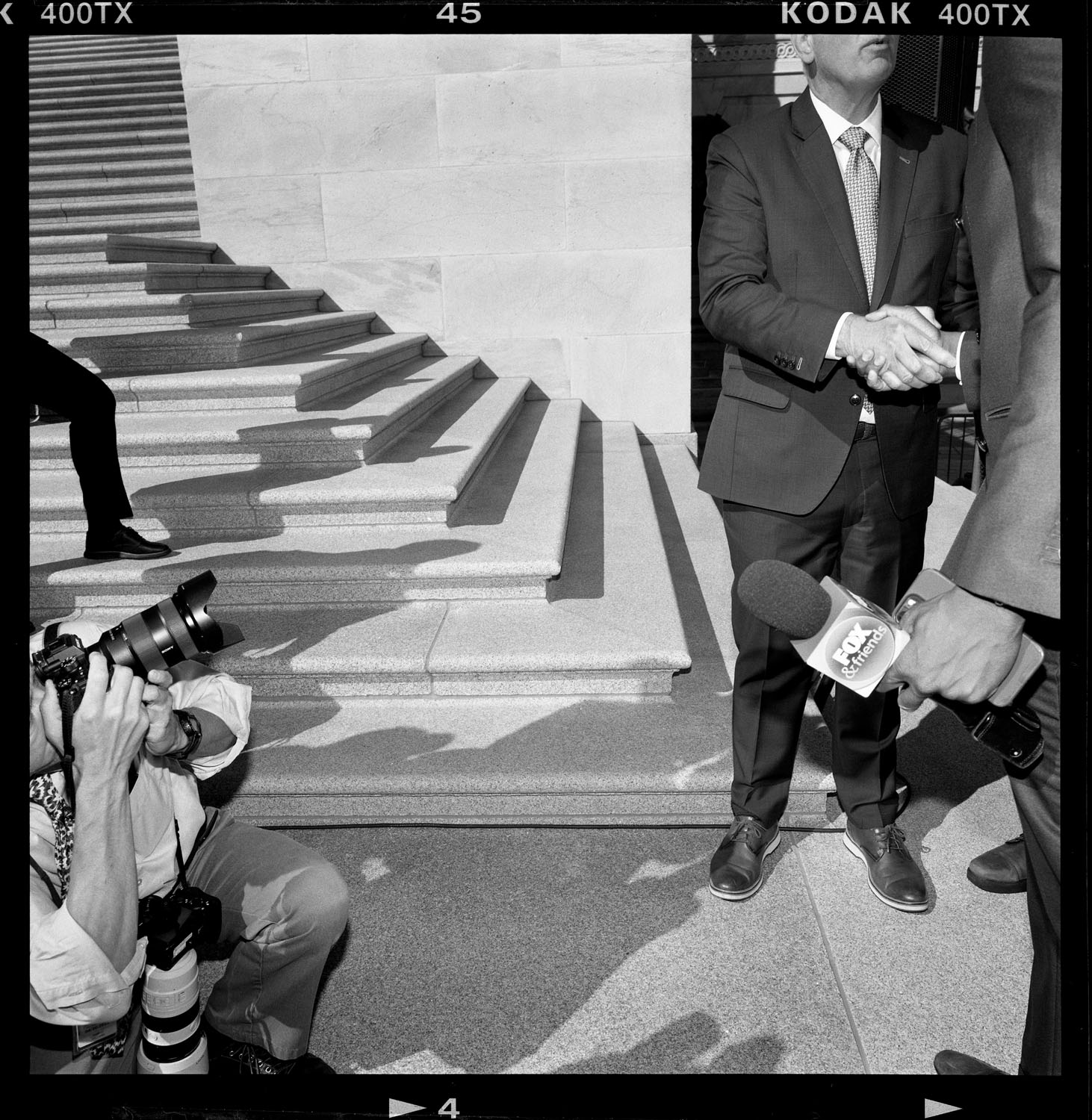
This is the first installment of “Seeing Political,” Louie Palu’s #VQRTrueStory column on the theater of politics in Washington D.C., produced in partnership with the Pulitzer Center. You can receive future installments of Palu’s column by following us on Instagram.
Washington, DC
I practice a curious genre these days, what’s best described as political photography. Press conferences, congressional hearings, portraits, the campaign trail. After years in the chaos of war zones, capturing governance in action is a pretty strange experience. I’m one of dozens of photographers buzzing through the hallowed spaces of the nation’s capital, and for all the spontaneity and fly-on-the-wall intimacy we try to present, many moments are carefully constructed. We render managed glimpses of appointees and elected officials doing the people’s business (mostly power struggles of one kind or another). Bearing witness to this often (and understandably) requires a staging most of us aren’t even aware of.
I’ve often wondered why the tools and techniques of this particular work remain invisible. Framing, cropping, lens choices, available light vs. flash vs. color vs. black-and-white: To me, these are fascinating choices in how to visually document a banal process with so much at stake. So I’ve asked myself: What might be gained by revealing the architecture behind these constructed moments of political life?
Such a question is likely my way of dealing with a creeping cynicism about the performative qualities of the democratic process. It goes without saying that politicians (and the politically active) must possess a talent for public performance. But in documenting and disseminating that performance, is the photographer still serving the public? Is the photograph not truth?
In 2019, I began looking for ways to deconstruct the layers of control and artifice built around political theater. I took a cue from my mentor, Stephen Crowley, who in 1995 made an iconic portrait of the Supreme Court justices. Crowley pulled back wide enough to include what usually fell outside the frame—the lighting, the backdrop, the rearranged furniture in the room. By deconstructing the photo op, he perfected it.
In that spirit, I am in search of the imperfect picture, doing all the things I’m not supposed to do—using flash, film, a six-by-six format, manual focus, no zoom. I have no need for “good lighting” by today’s standards. I want to disrupt my own mediation of the moment I’m capturing with new and even clumsy approaches, to bring street photography’s spontaneity to the processes of Congress, to reconceive the frame in order to visualize beyond the setup and understand the recording mechanisms themselves—the control and performance—so we might better understand how the political process really works.
I was once nicknamed the “hallway pool” because I didn’t have the access larger outlets did on Capitol Hill and at the White House. This disadvantage forced me to innovate and led to an epiphany of sorts: that if used correctly, mistakes are revelatory, and the worst position offers the most interesting angle of all.

